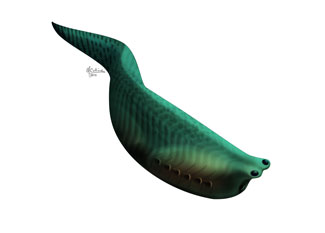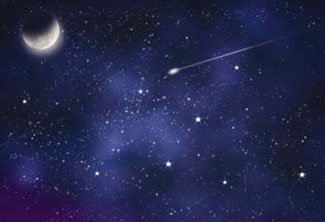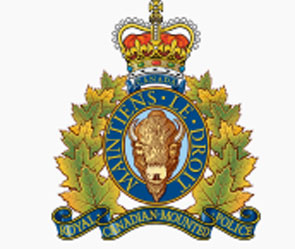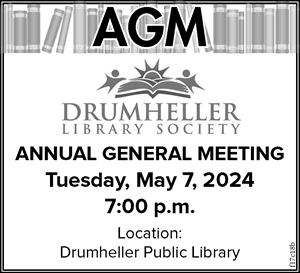
Artist's concept of the prehistoric sea creature Caron Metaspriggina, which would have been found in the Cambrian period's ancient ocean that covered the Burgess Shale fossil site located on a mountainside near Field, B.C. Image courtesy of Jean-Bernard Caron.
The March 12 edition of the 2015 Royal Tyrrell Museum Speaker Series is a presentation by Dr. Jean-Bernard Caron from the Royal Ontario Museum entitled “The Marble Canyon Burgess Shale Locality and the Early Evolution of Fishes.”
Located in the mountain parks of British Columbia, the Burgess Shale provides some of the best information for our understanding of the early evolution of complex life. The series of sites contain fossils from an ancient ocean bottom that show the rapid diversification of complex multicellular life — a period referred to as the “Cambrian Explosion” around 540 to 485 million years ago. The basic body plans of most animals alive today, including vertebrates like ourselves can be traced back to this period.
Despite the importance of the Burgess Shale, our knowledge of this interval is limited to a small number of quarries. The discovery of the exciting new Marble Canyon site, located in Kootenay National Park, was announced in 2014. Fossils from this new site have revolutionized the way we view many of the enigmatic early animals. Perhaps most importantly, abundant fossils of the early vertebrate Metaspriggina have greatly increased our understanding of this important animal, and highlight new discoveries regarding the evolution of our ancient body plan.
The Royal Tyrrell Museum’s Speaker Series talks are free and open to the public. The series is held every Thursday until April 30, 2015 at 11:00 a.m. in the Museum auditorium. Speaker Series talks are also available on the Museum’s YouTube channel: youtube.com/user/RoyalTyrrellMuseum.





























